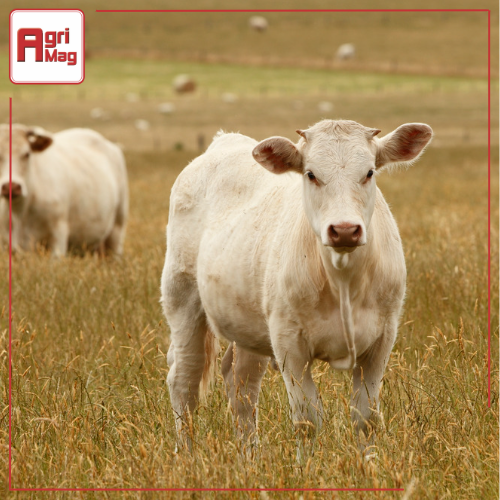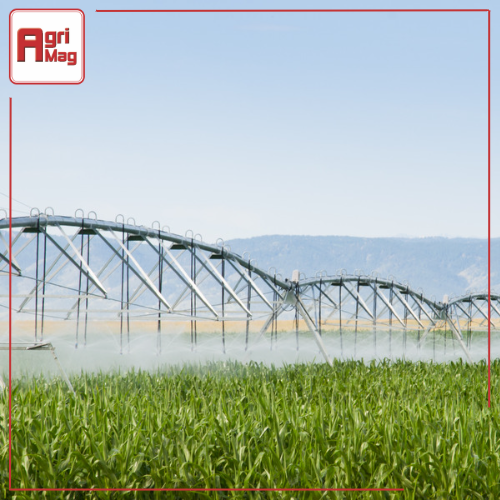
Managing cattle during and after a drought
Date: 23/03/2022
Protect your farm with the proper management of cattle before and after drought. Preparation and food management are essential to the survival of your animals. Providing sufficient shelter also helps to ensure that they remain in good health over dry periods. Implementing water-saving tips goes a long way towards ensuring the success of your farm. Find livestock for sale on AgriMag today and enjoy great savings.

Photo by Tyler Lastovich from Pexels
Food management
Make sure that pregnant cows have plenty of food to ensure they give birth to healthy calves. Dry cows require a minimum of 8kg of dry feed a day. This will increase if the cow is pregnant. During droughts, animals have to walk further to graze, which increases their energy requirements. When cows are being fed poor quality hay and the nutritional value of their grazing has been decreased by drought, they require additional food. On average, cattle walk 4km to 6km a day when they’re grazing. However, this distance increases to 14km a day on average in poor grazing conditions. These factors need to be considered when farmers are determining the best management practices of feed during and after drought. It’s advisable to provide lactating cows with a production lick to help them to stay in good health and to improve the quality of their milk.'
Provision of shelter
Another essential management strategy is to provide animals with sufficient shelter from the wind and sun. The ideal temperature for cows is 20°C and any deviation from this temperature causes an increase in their energy requirements. Every degree causes a 2% increase in their energy needs. Temperature drops at night significantly increase the amount of feed cows and calves need to stay healthy. Adequate shelter and feed are vital during cooler periods. In addition to this, farmers should take measures against parasites and provide their animals with plenty of clean drinking water. High levels of hygiene should be maintained at all times.
Mitigating risks
Proper preparation is vital to mitigate the risks that are associated with drought. Check the agricultural department’s stocking rates for your area to give you an indication of the number of animals your farm can support. While this is a good starting point, you’ll need to carefully consider the carrying capacity of your land. Overstocking can have a negative impact on your profits and it’s especially risky during difficult periods. Make sure you store enough feed to keep your cattle healthy over winter.

It’s advisable to set up a rotational grazing programme that provides rest periods for the land. This prevents overgrazing and ensures that there is sufficient grazing available when it’s needed. Grazing programs should be developed over time and with careful consideration of the requirements of your farm. Provide your cows with a phosphate lick during summer and a protein lick with phosphate during the colder months.
Cattle management after drought
While proper management before and during drought is vital, your animals will require extra care once the drought is over. You’ll also need to pay particular attention to sustainability and finances during this period. Contact qualified professionals for advice that’s specific to your farm. This is a critical period so risky decisions and untested farming practices should be avoided. Stick to the facts and plan carefully.
Prepare for drought by saving water and implementing proper management strategies. Expanding your herd of cattle? Find livestock for sale on AgriMag today.
Categories:
Common category
Category Search:
Latest articles:

What to Look for When Buying a Skidsteer Loader for Farming

Why Planning Early for the Planting Season Pays Off

Why Winter Feed Management is Crucial for Livestock Health



